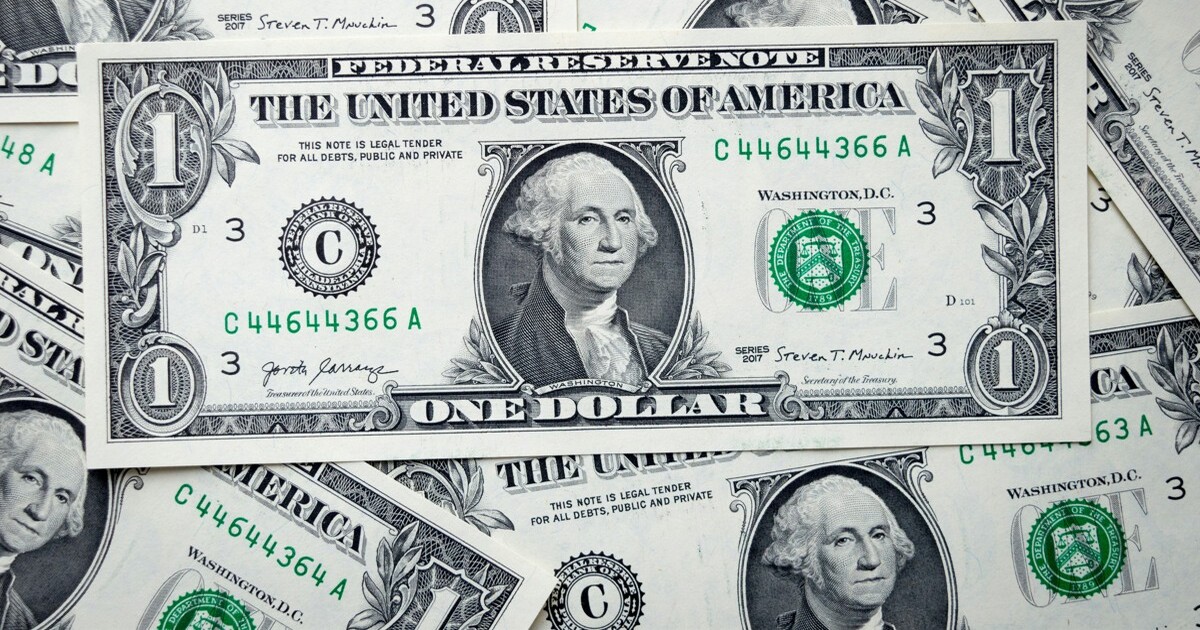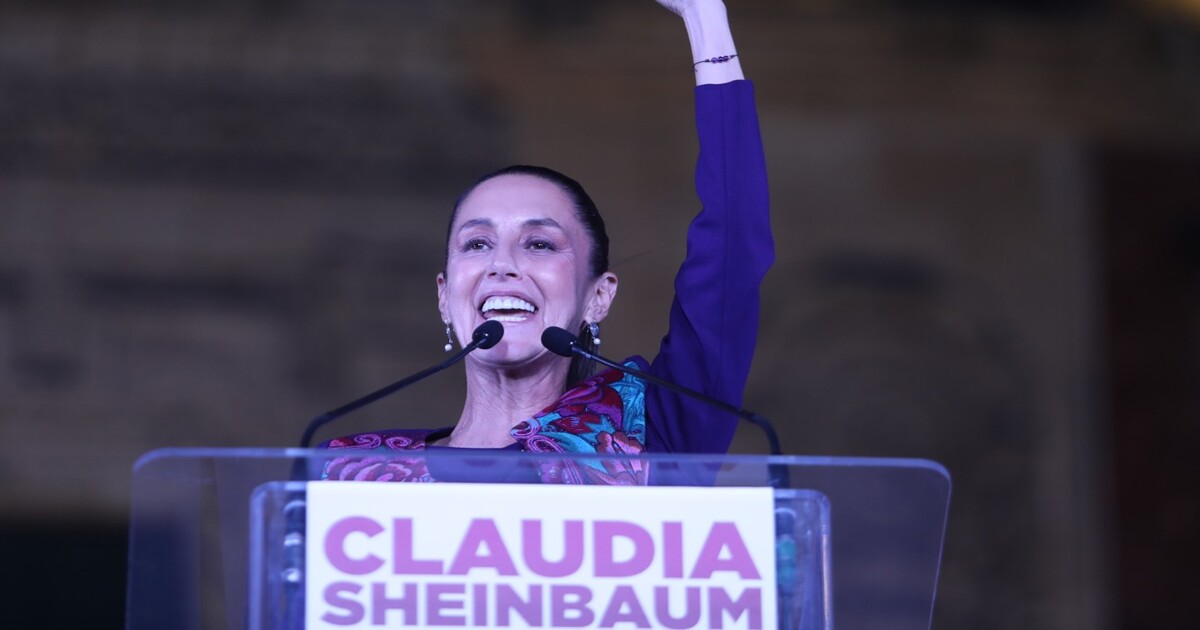Trump’s “Big, Beautiful” Tax Bill
Unsurprisingly, the wealthy will benefit disproportionately from Trump’s tax bill compared to poor and working-class Americans. However, the U.S. President’s strategy may boomerang.
June 9, 2025

The average American would receive a roughly $1,700 tax cut from Donald Trump’s budget deficit exploding tax bill (“One Big Beautiful Bill” — or OBBB in Trump speak) in its first year.
By contrast, the top 1% of U.S. earners — making more than $920,000 — would receive an average tax cut of close to $70,000 in the first year after enactment.
Meanwhile, U.S. taxpayers earning more than $3.4 million per year would receive a roughly $275,000 boost in 2027.
Moreover, the bottom 40% of the U.S. income distribution — those with less than $13,000 in annual income — would lose due to cuts to social programs such as Medicaid and food stamps.
Roughly 30% of the benefits of the House GOP bill would go to corporations and those earning more than $400,000 per year.
The biggest beneficiaries of the Trump tax bill would be those earning between $460,800 and $1.1 million per year — a category primarily composed of small-business owners and high-income professionals such as lawyers and doctors. After that, the top 1% are the biggest beneficiaries.
Still, because there are so many more U.S. taxpayers earning moderate incomes than those earning high salaries, most of the $2.5 trillion bill’s cost would go to tax cuts for the non-rich, even though higher-income taxpayers would, on average, see bigger benefits.
Middle-class taxpayers would primarily benefit from items such as increasing the child tax credit and the standard deduction paid by most Americans.
A big reason for concern is that the 10-year U.S. Treasury yield reached 6% in May 2025 — the highest level since 2004. Right now, there is a substantial gap between these yields and the 4.5% growth rate that economists expect over the next 10 years.
The disconnect between bond yields and expected growth is due to the fear that the U.S. Congress will continue the reckless spending and concerns over who will finance these deficits, given the expected pullback in fixed income demand from global investors.
Sources: Wellington Management, Institute on Taxation and Economic Policy, Yale Budget Lab, Manhattan Institute, Washington Post, American Enterprise Institute
Takeaways
Unsurprisingly, the wealthy will benefit disproportionately from Trump's tax bill compared to poor and working-class Americans. However, the U.S. President’s strategy may boomerang.
The bottom 40% of the U.S. income distribution — those with less than $13,000 in annual income — would lose from Trump's tax bill due to cuts to social programs such as Medicaid and food stamps.
The average American would receive a roughly $1,700 tax cut from Donald Trump’s budget deficit exploding tax bill (“One Big Beautiful Bill” — or OBBB in Trump speak) in its first year.
The top 1% of U.S. earners — making more than $920,000 — would receive an average tax cut of close to $70,000 in the first year after enactment.
